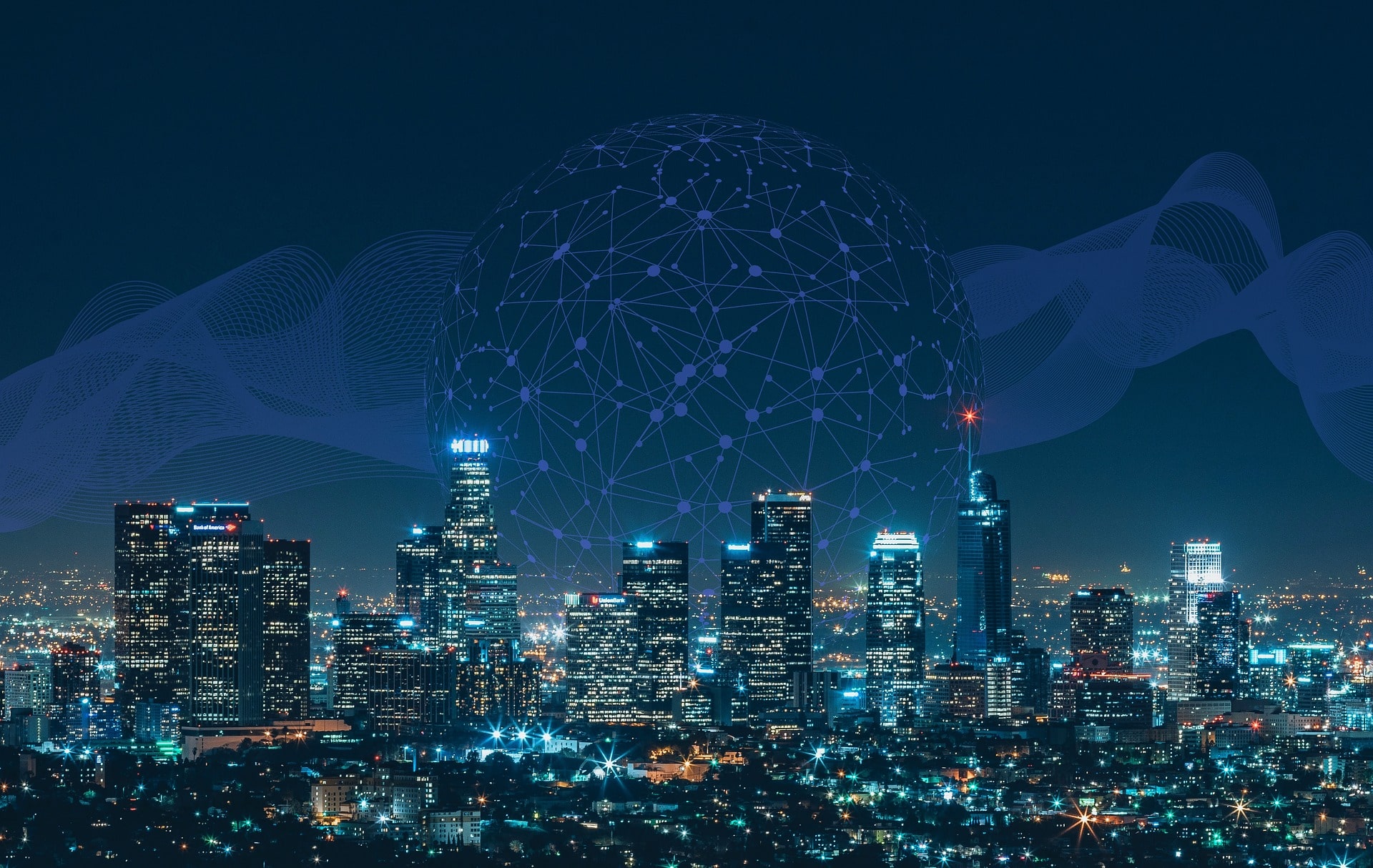How Smart Cities Solve the Traffic Conundrum
Just hearing the word “traffic” is enough to send modern-day motorists into a frenzy of rage and anxiety. And why not, getting stuck in a traffic congestion means losing at least an hour of your precious time, sometimes, even worse. Read how smart cities solve the traffic conundrum.
Around 1.9 billion gallons of fuel is wasted every year in the US alone owing to traffic issues. This is a problem that plagues every city across the world with each trying its best to grab the bull by its horns. However, A unique class of cities is immune to this problem – smart cities. These cities are technologically designed to ensure no motorist needs to sit and fume through a maddening traffic jam.
IoT (Internet of Things) to the Rescue
With the help of the latest advancement in technology – IoT or Internet of Things – smart cities solve the traffic conundrum. And this is how they do it:
-
Adaptive Traffic Signals
With the help of V2I technology, adaptive traffic signals are being installed to help with the traffic problem. In the simplest sense, adaptive traffic signals are traffic signals that can adjust their light cycles to match the current traffic conditions on the roads. How they do this is by constantly gathering real-time data about the traffic status and updating their timing sequences accordingly.
Adaptive traffic signals run on cameras and sensors that collect real-time information on the current traffic flow. This information is then relayed to a software that creates an entirely new timing sequence. The software conveys this sequence to the signals up and down the corridor so that they function in a synchronized manner.
Adaptive traffic signals do not create time or capacity; they simply allocate time in an efficient manner so that traffic flow becomes faster and smoother. A study conducted by the Federal Highway Administration found that the use of adaptive traffic signals improved travel time by 10%on an average. However, when installed in intersections with outdated timing plans, the same could improve travel time by a whopping 50%!
-
V2I Smart Corridors
Adaptive traffic signals are just one side of the coin with the other being smart corridors run on V2I technology as well. Smart corridors are roadway sections that feature specialized signage responsible for alerting motorists of road obstructions, upcoming accidents, weather conditions, etc. The aim of such a tool is to alleviate traffic congestion by better guiding motorists. Traffic crashes and anything else unplanned such as erratic weather events often lead to major congestions on the roads. Simply adding lanes will not address the root of the problem. Striking the axe at the root means efficiently managing rush-hour traffic by offering more predicable travel times via smart corridors.
-
Autonomous/Connected Vehicles
Now, on the surface, it may seem strange that autonomous or connected vehicles, especially those privately-owned, can curb the issue of traffic congestion but the truth is they can. Though privately-owned connected vehicles may not reduce the number of vehicles on the roads, the self-driving technology can lower congestion issues via V2V or Vehicle-to-Vehicle communication. Self-driving cars can communicate with each other and the nearby infrastructure to gather information regarding road conditions, traffic flow, speed, even directions.
In the near future, it could even be possible for a self-driving car’s sensors to detect if another car from the opposite end is drifting into the same lane and the car would then automatically take over the brakes or steering so as to avoid a collision.
Moreover, as far as passenger vehicles are concerned, the concept of platooning will work wonders in reducing traffic congestion. When vehicles travel along in a same line, can speed up and slow down together, and merge onto freeways without human intervention, it helps in eliminating problems such as “phantom traffic.”
-
Smart Parking
Another integral aspect of smart cities is the concept of smart parking based on IoT technology. Combining the use of sensors, cameras, smart navigation systems, street light units, smart parking applications, and digital payment platforms; smart parking makes it easier for drivers to get in and out of parking spots, right from the initial stage of reservation through navigation, up until easy payment.
Since the sensors and cameras scan for parking spots and indicate of availability in advance, driver distraction is reduced. As a result, drivers do not need to roam in circles looking for an empty parking spot, thereby, reducing the traffic on the roads.
-
Smart Mobility
The concept of connecting a city’s transportation system to the cloud; smart mobility can help city authorities deal with the problems surrounding road safety, environmental pollution, mismanaged and inflexible travel options, and most importantly, traffic congestion.
The concept of smart mobility is supported by several elements such as connected infrastructure, smart applications, electric vehicles and charging points, access to huge volumes of city data, alternative transportation options such as on-demand mobility services – car and bicycle sharing, carpooling, and an extensive network of public transport.
The natural result of a streamlined mobility system would be a reduction in the number of vehicles on the roads, meaning, minimal traffic issues.
When left unattended, the current situation of traffic will continue to plague for years to come, even getting worse as more and more vehicles hit the road. The only ideal response to such a conundrum would be for city engineers to design a smart city based on cutting-edge technology so that the public can breathe easier and enjoy a better quality of life.

